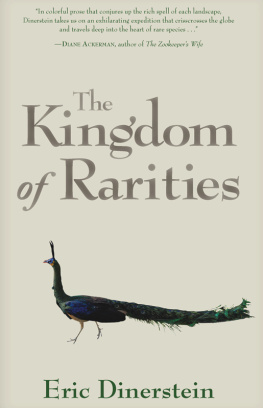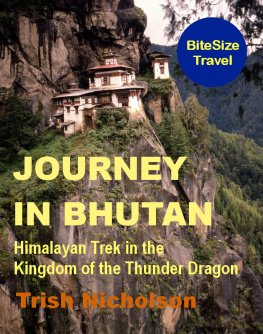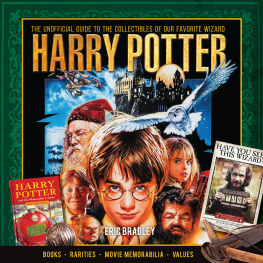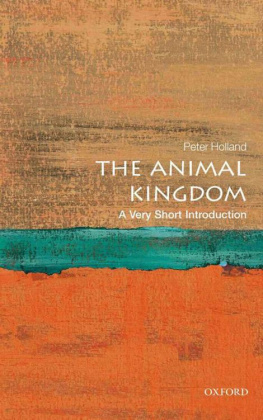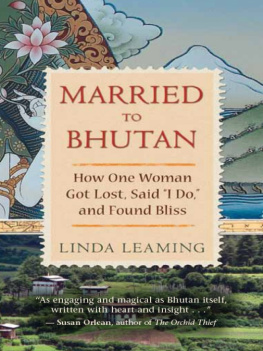The Kingdom
of Rarities
Eric Dinerstein

Copyright 2013 Eric Dinerstein
All rights reserved under International and Pan-American Copyright Conventions. No part of this book may be reproduced in any form or by any means without permission in writing from the publisher: Island Press, 2000 M Street NW, Suite 650, Washington, DC 20036.
Island Press is a trademark of The Center for Resource Economics.
Library of Congress Cataloging-in-Publication Data
Dinerstein, Eric, 1952
The kingdom of rarities / Eric Dinerstein.
p. cm.
Includes bibliographical references and index.
ISBN 978-1-61091-207-5 (ebook)ISBN 978-1-61091-195-5 (cloth : alk. paper)ISBN 1-61091-195-4 (cloth : alk.
paper)ISBN 978-1-61091-196-2
(pbk. : alk. paper)ISBN 1-61091-196-2
(pbk. : alk. paper) 1. Rare vertebrates. I. Title.
QL82.D56 2013
596DC23
2012025535
Printed on recycled, acid-free paper 
Manufactured in the United States of America
10 9 8 7 6 5 4 3 2 1
Keywords: Island Press, conservation, low-density population, top predator, trophic cascades, ecosystem engineer, rhino, tiger, jaguar, golden langur, saola, Kirtlands warbler, bird-of-paradise, New Guinea, rainforest, maned wolf, giant anteater, Bhutan, Nepal, rarity, abundance, speciation, endangered species, bushmeat, adaptive radiation, rarity, rare species, extinct species
To Roger and Vicki Sant, conservators of rarities
Look deep into nature, and then you will understand everything better.
Albert Einstein
Acknowledgments
My immersion in the Kingdom of Rarities began when I was a twenty-two-year-old American Peace Corps volunteer appointed as survey ecologist of a newly created tiger sanctuary in the jungles of Nepal. Rare species have been my passion ever since.
In the intervening decades, I have had the privilege of relying on many experts as my generous and knowledgeable guides, most recently the individuals portrayed in this book. Mike Parr, Tom Brooks, and John Lamoreux taught me about rarity in birds and invited me to be a founding member of the Alliance for Zero Extinction. Bruce Beehler kindly shared his vast knowledge of New Guinea and has been a great birding companion. George Powell, Sue Palminteri, Gregory Asner, Robin Foster, and many colleagues from the Organization for Tropical Studies shared their insights into the rarities that populate rain forests. Sarah Rockwell, Carol Bocetti, and Joe Wunderle kindly educated me about Kirtlands warblers, and conversations with Gordon Orians, Richard Cowling, David Wilcove, Bruce Beehler, Don Wilson, and Peter Raven helped clarify the links between rarity and habitat specialization. Nancy Kittle and Leslie Coolidge made it possible for me to go to Grayling, Michigan, and see the Kirtlands warbler.
The rhino- and tiger-wallahs Andrew Laurie, Chris Wemmer, Mel Sunquist, Dave Smith, Hemanta Mishra, Anup Joshi, Shant Raj Jnawali, Vishnu Bahadur Lama, Harka Man Lama, Man Bahadur Lama, the late Gagan Singh, Ram Kumar Aryal, and Bivash Pandav introduced me to the world of jungle rarities in Nepal and the greater Terai Arc Landscape shared by Nepal and India. Carly Vynne and Mason, her canine companion, taught me how to track Cerrado rarities, and Leandro Silveira and his wife, Anah Tereza de Almeida Jcomo, were generous hosts in Emas National Park. Edson Endrigo shared his knowledge of Brazilian specialty birds with me. Kent Redford, David Wilcove, and John Morrison helped me to see Emas in a special light. Liba Pejchar, Thane Pratt, Jack Jeffrey, and Paul Banko educated me about Hawaiian birds. David Hulse, Nguyen Tran Vy, Barney Long, Gert Polet, Craig Bruce, Nick Cox, and John MacKinnon shared their knowledge of Indochinese rarities. Kinzang Namgay, Mincha Wangdi, Nawang Norbu, and Sherub were excellent advisers and guides during my Bhutan wanderings.
Early drafts of this book benefited from the advice of Jonathan Cobb. Susan Lumpkin, Nancy Sherman, and Holly Strand, excellent editors all, helped tremendously in sanding a rough-hewn manuscript. My editor at Island Press, Barbara Dean, helped to conceptualize the book and refine it, and the support I received from David Miller and Erin Johnson was vital and timely. Many scientists reviewed one or more chapters, and I thank especially Mike Parr, Robin Naidoo, Eric Wikramanayake, Jared Diamond, George Powell, Sue Palminteri, Sarah Rockwell, Joe Wunderle, Carol Bocetti, John Lehmkuhl, Kent Redford, Peter Vitousek, Stuart Pimm, Barney Long, Liba Pejchar, Thane Pratt, Bruce Beehler, David Wilcove, John Seidensticker, Nick Cox, David Hulse, Jack Jeffrey, David Steadman, and Carly Vynne. Curt Freese read the entire manuscript and made many helpful suggestions. Pat Harris made many excellent suggestions to bring rarity into the clear.
I am deeply indebted to two scientists who have for decades been the leaders in thinking about rarity in nature, Kevin Gaston and Gordon Orians, for reading all the chapters and offering astute comments and keen insights. Gordon in particular made several passes through the manuscript, enlightening me along the way. Careers are shaped by great mentors, fine colleagues, and a healthy dose of good luck, and I have experienced all three. Finally, Jonathan Cobb helped me make sense of it all.
My good luck continued when I ran into Trudy Nicholson while we were both walking our dogs along Cabin John Creek, Maryland. Her illustrations capture a whimsy and poetry about rare wildlife that fills me with joy in what I do for a living. Chris Robinson gave geographic coherence to my wanderings with his maps.
My colleagues at World Wildlife Fund-US have been extremely supportive of my efforts to finish this book, especially Donna Kutchmawhose assistance was indispensibleGeorge Powell, Eric Wikramanayake, and Robin Naidoo. This book is dedicated to Roger and Vicki Sant, members of the board of WWF-US, who have been so supportive of my efforts to save wild nature. Their generosity on behalf of saving life on Earth is extraordinary, matched only by their passion.
My mother, Eleanor Dinerstein, and my sister, Holly Dinerstein, have cheered me on over the years. My dogs, Ursie and Grace, have pointed out rarities on our walks and sometimes chased a few. Finally, my lovely, brilliant wife, Ute Moeller, put up with my quests to see rare birds, mammals, and plants and the painfully long time it took for me to write about them.
Chapter 1
The Uncommon
Menagerie
R IDING ON AN ELEPHANTS BACK offers a privileged, if distorted, perspective on the natural world. Wildlife species that seem large and scary at eye level, such as rhinos and tigers, appear as miniaturized versions from this elevated vantage. My well-trained mount, Kirti Kali, plowed boldly through the dense twenty-foot-tall grasslands of Chitwan National Park in lowland Nepal, scattering spotted deer and wild boars in our path. On elephant-back one feels invincible. As we emerged from the tall grass into an open area, my driver, Gyan Bahadur, calmly steered Kirti alongside a rare greater one-horned rhinocerosa dangerous species that, locally, tramples and kills several villagers a year. The two-ton female and her young calf continued grazing peacefully on the floodplain. The rhinos seemed oblivious to our presence because we had spent months habituating these aggressive creatures to close contact. As long as we remained on the elephant, rather than approaching on foot, the mother rhino would remain unfazed and we would stay in one piece.
My jungle wanderings also warped my perspective on how uncommon these animals had become. By 1988, at the end of my initial five years of research, I had recorded thousands of observations of Chitwans 370 one-horned rhinos and had photographed, identified, and named nearly every one. Yet seeing them every day made me forget their global rarity. At the time, only about 1,500 survived in the wild worldwide; all but those in Chitwan roamed in Kaziranga National Park in northeastern India. Although the one-horned rhinos numbers have slowly increased since thenin 2012 there were over 2,900, distributed among twelve populationsthis species remains among the most endangered large mammals on Earth. Its status during my initial study raised several questions: Had the ancestors of this rhino, a diverse ancient lineage, always been rare during their evolutionary history? Or is the rarity of the one-horned rhino a relatively recent phenomenon, triggered by habitat loss and poaching for the mythical qualities of the rhinos horn?
Next page
